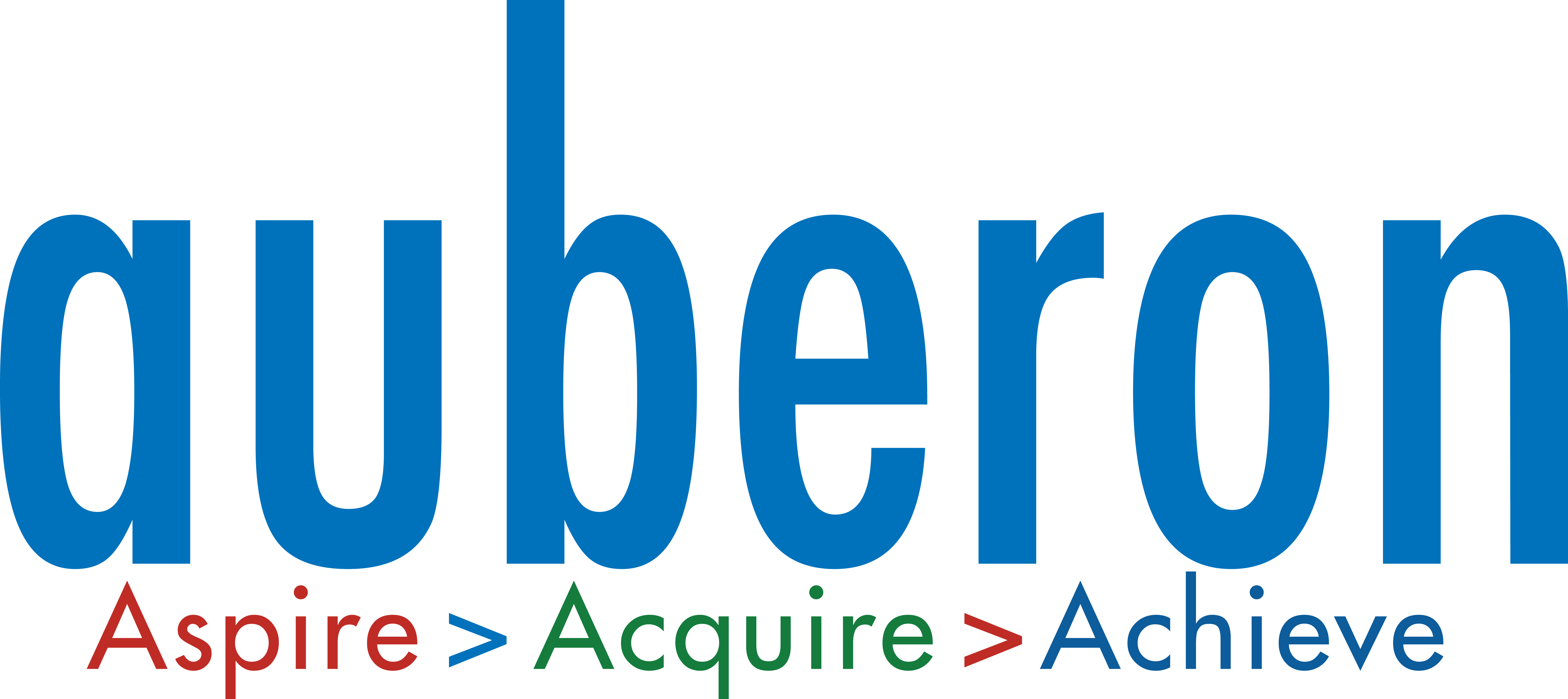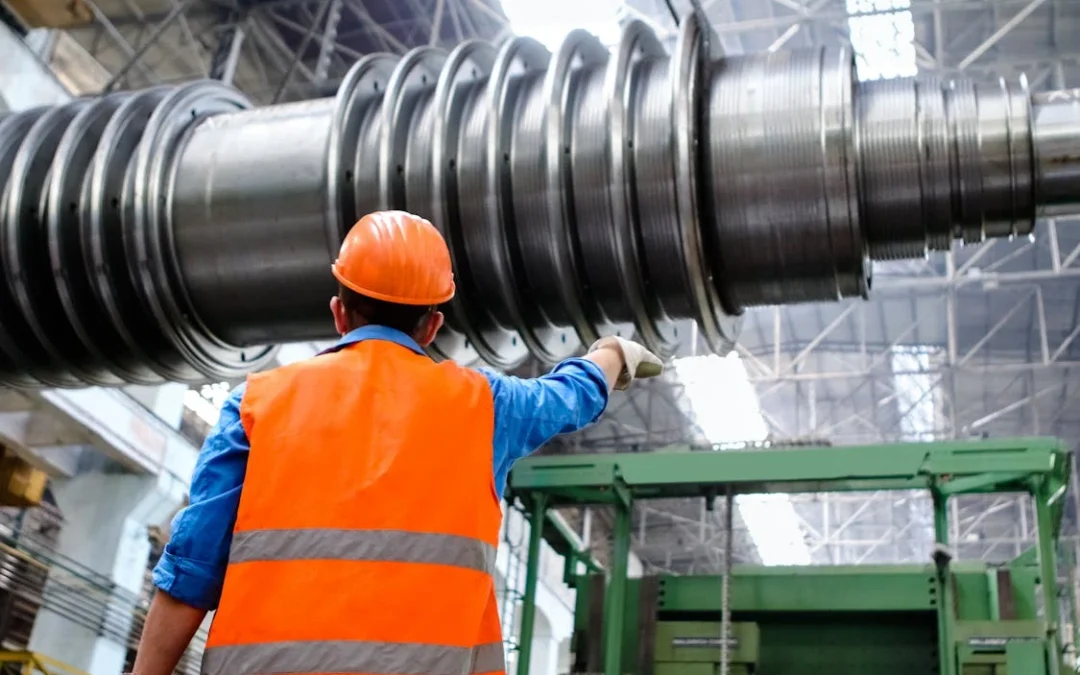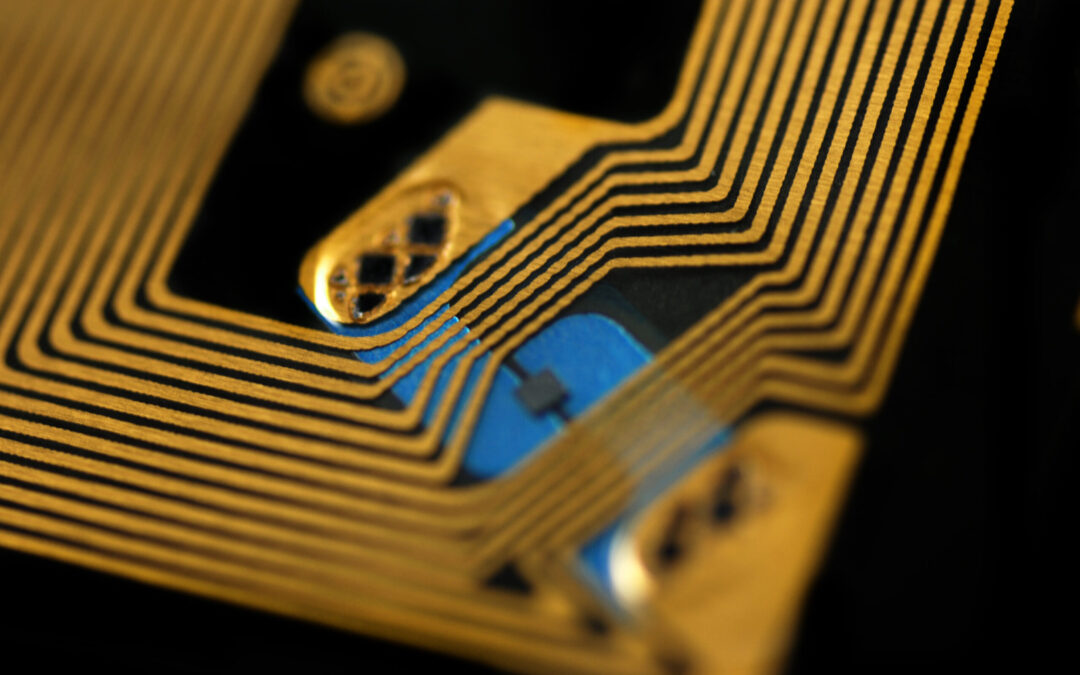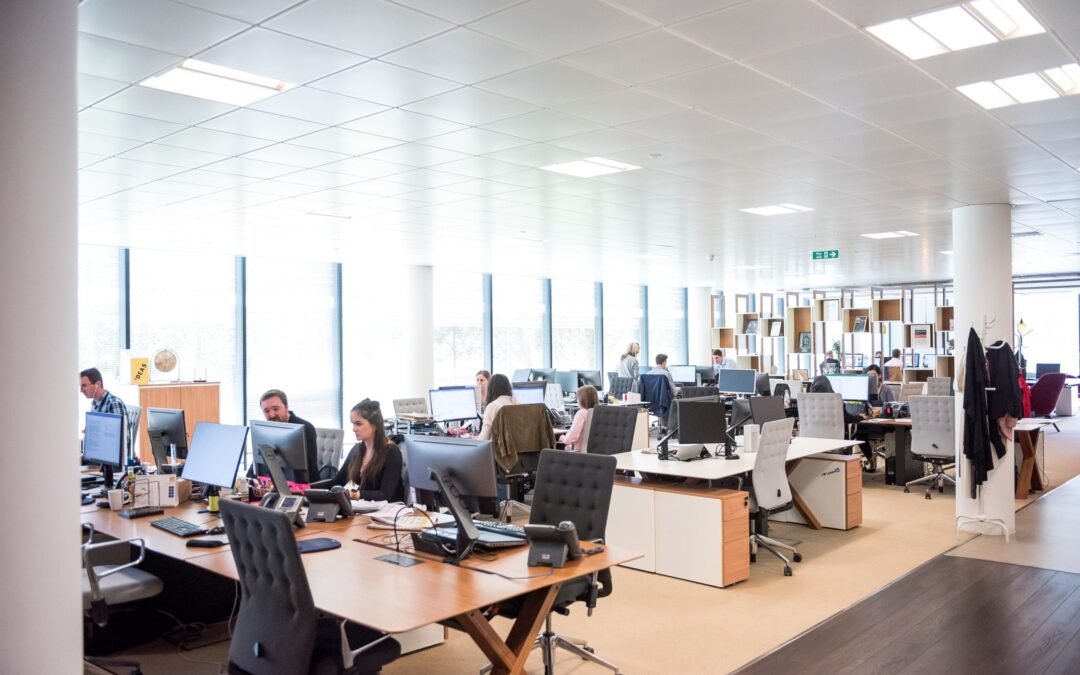Whether you are running a retail business or overseeing operations at an educational institution; effective facility management is crucial for ensuring smooth operations. The right tools and technologies are required to streamline processes and optimize resources to enhance operational efficiency. Command center technologies and CAFM in facility management are the two best choices.
These technologies offer various functionalities and insights that empower managers to make informed decisions and drive operational excellence. This article further explores command center technologies and CAFM and how both these options are transforming facility management. Let’s dig in!
What are Command Center Technologies?
A command center, as the name suggests, is a location in a building from where personnel or facility managers monitor, coordinate, and provide orders. It’s the central hub for real-time facility monitoring, analysis, and decision-making, which is the demand of modern facility management. This allows managers and operators to respond promptly to events, emergencies, and changing conditions.
David Markowitz, a communication professor at the University of Oregon says:
“Today any facility managers looking to stay at the top of their game need to be extremely data-driven. The profession is moving away from simply being a reactive dispatcher of technicians for work requests.”
The following are some technologies that are used in a command center:
- Geographic Information Systems (GIS): A computer-based tool that captures, stores, and analyzes data related to a specific geographic location.
- Security Systems: Include access control, intrusion detection, and alarm monitoring to ensure the safety and security of the facility.
- Data Analytics: Tools using advanced algorithms and statistical methods to analyze vast data and extract valuable information for decision-making.
- Video Surveillance Systems: Use of security cameras to monitor and record video feeds to enhance situational awareness and incident response.
- Communication Systems: Devices that facilitate smooth communication between personnel, stakeholders, and external parties through various channels such as voice, video, and messaging.
What is CAFM?
Computer-Aided Facility Management aids facility managers in optimizing the management and maintenance of buildings, assets, and infrastructure. These solutions pack various features like:
- Asset Management
- Maintenance Management
- Product Lifecycle Management
- Regulatory Compliance
- Space Optimization
Role of CAFM and Command Center Technologies in Facility Management
The global facility management industry is expected to reach 2031.4 billion dollars in 2030 with a CAGR of 6.7% from 2023.
Traditionally, facility management was solely dependent on manual processes and fragmented systems. Now, 45.1% of facility managers say their main objective is to improve efficiency. Advanced command center technologies and CAFM help transform how an FM operates. They offer unprecedented levels of efficiency, control, and insight.
Let’s discuss the role of command center technologies and CAFM in facility management!
Operational Efficiency
Companies spend 15% to 40% of production costs on maintenance. However, command center technologies and CAFM make facility management and maintenance easier and faster, helping things run smoothly. These technologies automate everyday jobs like checking equipment and organizing maintenance schedules.
Space Optimization
A recent study shows that the International Livestock Research Institute (ILRI) lacked a space system that could help them in effective and efficient space management. Their facility management faced various challenges. These include excessive time spent searching for information on space allocated to facilities, difficulties finding accurate locations of facilities, and adding and updating the data.
However, command center technologies like the GIS helped them tackle this situation. They built a GIS database with spatial and non-spatial data of facilities in ILRI. This helped them in getting comprehensive information about different facilities in the organization and whether they are utilized well or under-utilized.
The CAFM technology further offers real-time insights into facility usage. It allows facility managers to identify areas of inefficiency and make informed decisions regarding space allocation and resource management.
Real-time Monitoring and Control
Health and Healthcare Management reveals that 10-20% of mobile assets go missing in their useful life period from healthcare facilities. Each of these products cost an average of $3,000. The same is the case with other industries where a lack of real-time asset tracking costs millions of dollars every year.
CAFM, combined with command center technologies such as sensors and IoT devices, enables real-time monitoring of assets. Managers can then access this real-time data through the CAFM dashboard. This allows them to keep an eye on facility operations and asset performance from anywhere.
In addition, these modern technologies track environmental conditions like temperature, humidity, and air quality in real time. Armed with this information, managers can implement energy management strategies to boost overall energy efficiency. As per Webinar Care, one can reduce energy costs by as much as 20% via sensor technology.
The best part about having real-time insights into facility management is that managers have remote controls over the HVAC, lighting, and security systems. This means they can remotely adjust the settings of these systems through a centralized platform, enhancing comfort, safety, and security while minimizing energy consumption and operational costs.
Compliance and Regulatory Management
Compliance and regulatory management in facility management are essential to ensure a building adheres to relevant laws, standards, and regulations. Command center technologies and CAFM play a critical role in this aspect.
They provide tools to track compliance requirements, monitor health and safety standards, and generate audit reports. Managers stay informed about regulatory changes and maintain accurate records of compliance activities.
In case of a regulatory violation, they get a notification prompting them to take immediate action. All this mitigates risks and ensures facility operations’ safety, security, and legality.
Emergency Preparedness and Response
Unexpected situations like fires, floods, or medical emergencies can happen anytime in a facility. Over 10,000 fires occur annually, and 30.4% of those were office fires. Therefore, facility managers need to be well-prepared. Command center technologies and CAFM in facility management make this easy for them.
These technologies track equipment and other systems in real time and offer predictive analytics about them. This ensures managers respond quickly to emergencies and can tackle any unexpected incident.
For instance, a command center may have monitors showing where all the fire extinguishers are in a building. If there’s a fire, staff can use this information to grab an extinguisher and immediately put out the fire. It also notifies others about the emergency so they can evacuate the building safely.
Case Study
The Al Itihad Clinic struggled to handle all its facility management tasks. They were unable to keep track of the maintenance requirements for various medical equipment, which led to compromised patient care. Also, the facility managers at the clinic were struggling to establish proper safety and regulatory measures.
Auberon Technology helped them navigate these challenges without straining their budget and exhausting other resources. The Auberon Technology CAFM has all the features like space management, regulatory compliance, and preventive maintenance.
It helped the Al Itihad Clinic meet industry standards. We also established an update mechanism for facility managers about equipment maintenance or repair. This allowed them to offer efficient patient care and boosted overall operations efficiency.
Conclusion
Command center technologies and CAFM facilities management offer maximum safety and security. Managers can leverage these technologies to automate most repetitive tasks and boost operational efficiency. If you’re seeking a dependable CAFM solution, Auberon Technology is your answer.
Our CAFM system optimizes facility management processes. It offers real-time monitoring, maintenance scheduling, and asset tracking features. Get in touch with us today and experience streamlined facility management!
Citation
Wiśniewski, Z., & Błaszczyk, A. (2019). Conditioning of computerized maintenance management systems implementation. In Advances in intelligent systems and computing (pp. 486–494). https://doi.org/10.1007/978-3-030-20494-5_46
Mwaniki, M. W., & Odera, P. A. (2012). Application of GIS in Facility Space Management: A Case Study of ILRI. International Journal of Science and Research (IJSR), 1.
Bennett, S. (2024, February 8). Facility Management Statistics 2024 – Everything you need to know. WebinarCare. https://webinarcare.com/best-facility-management-software/facility-management-statistics/
Security, E. (2023, March 20). Five essential fire statistics for business owners. EPS Security. https://www.epssecurity.com/news/business-security/five-essential-fire-statistics-for-business-owners/
Four Vital Skills Required To Be A Successful Manager. (2021). Maxmi Gold. https://maxmigold.com/four-vital-skills-required-to-be-a-successful-manager-in-2021/
HHMGlobal, C. T. (2019, March 18). Rfid In Healthcare: Reducing Costs And Improving Operational Efficiency. Hhm Global | B2B Online Platform & Magazine. https://www.hhmglobal.com/knowledge-bank/techno-trends/rfid-in-healthcare-reducing-costs-and-improving-operational-efficiency
Property Management Industry Statistics & Trends [2024]. (2024, January 4). iPropertyManagement.com. https://ipropertymanagement.com/research/property-management-industry-statistics
Facility Management Market Size, Share | Growth Report [2030]. (n.d.). https://www.fortunebusinessinsights.com/industry-reports/facility-management-market-101658










